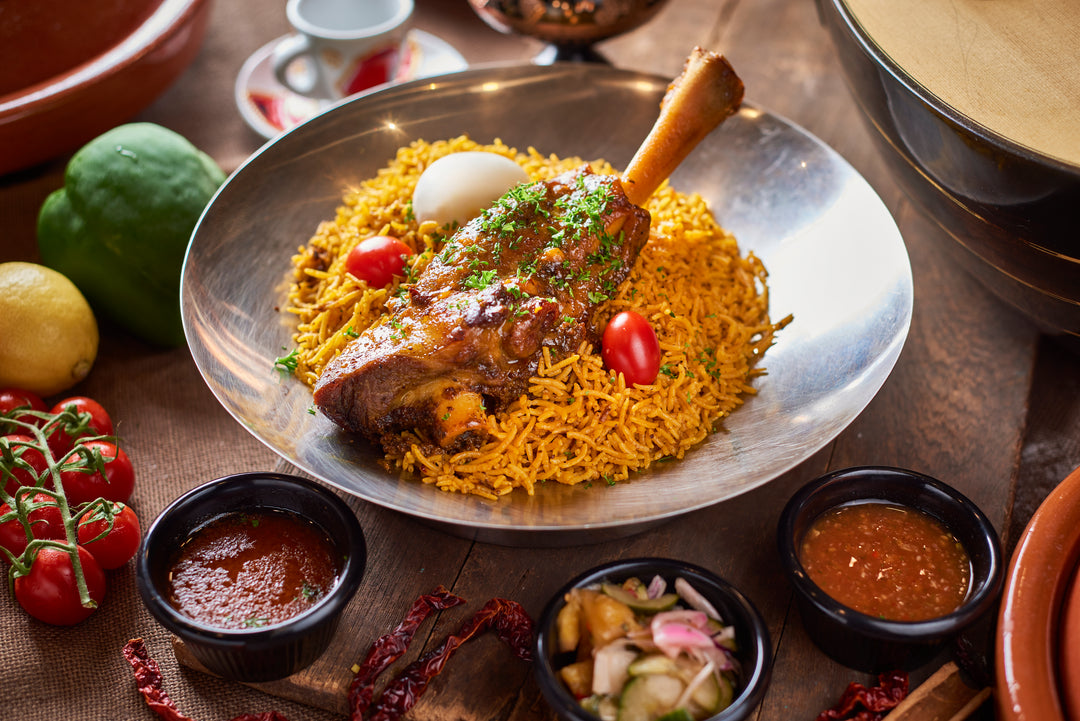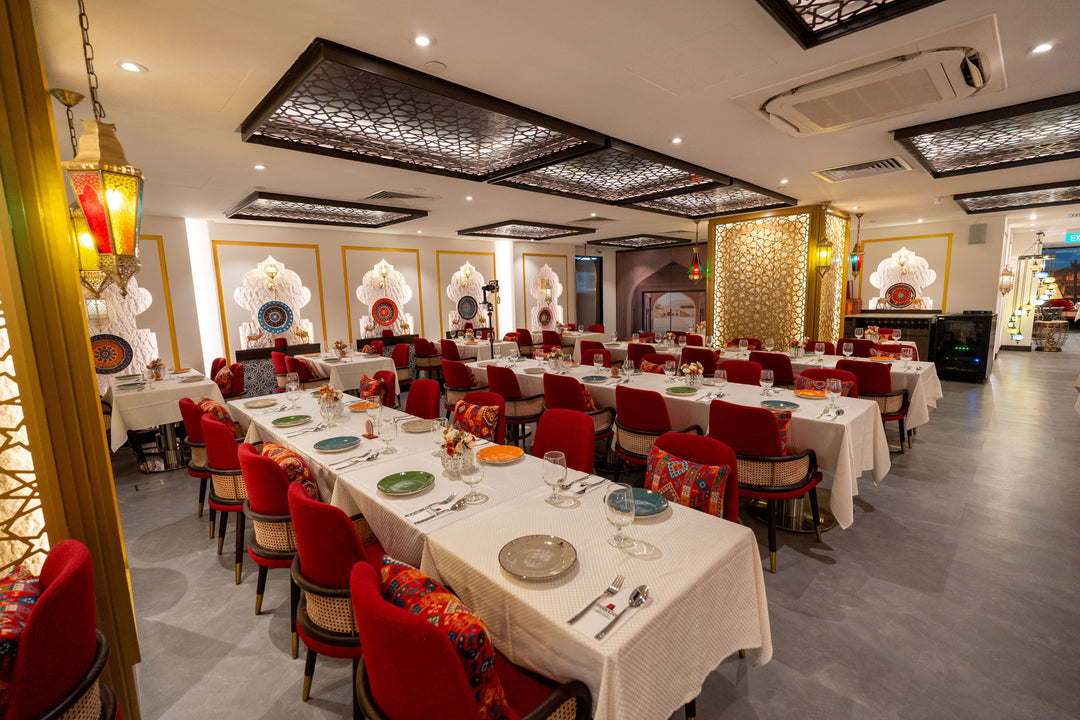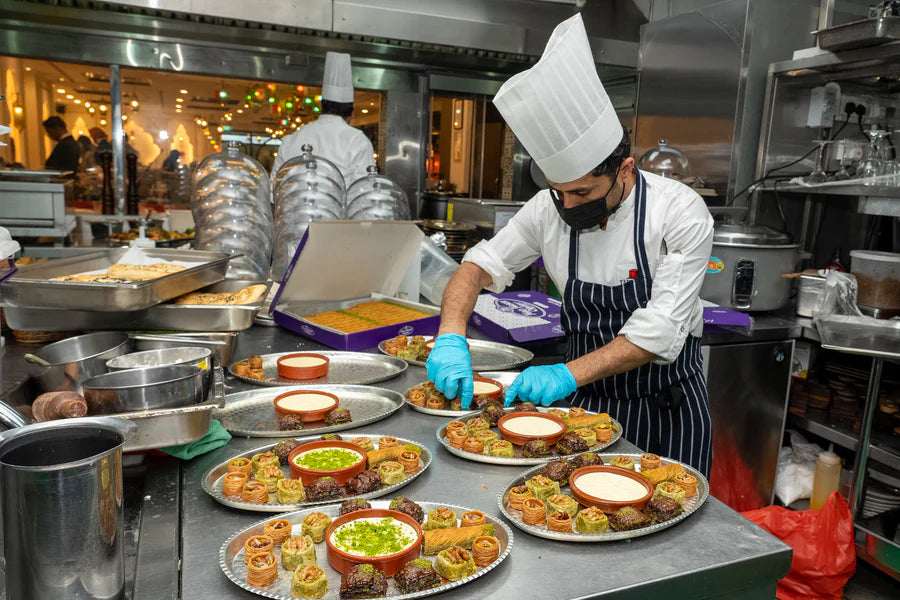The Art of Middle Eastern Dining Etiquette
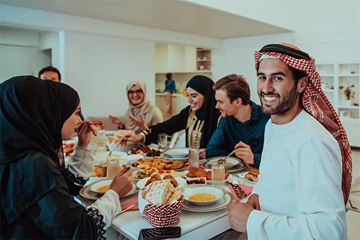
Middle Eastern hospitality is renowned for its warmth, generosity, and emphasis on shared experiences. The dining table is where this tradition truly shines, offering a glimpse into the heart of the culture. Understanding and practicing proper dining etiquette is essential for a seamless and enjoyable experience.
The Foundations of Middle Eastern Hospitality
Hospitality is deeply ingrained in Middle Eastern culture, and food is its most potent expression. Sharing meals is a cornerstone of social interaction, fostering bonds and creating lasting memories. The dining table is more than just a place to eat; it's a gathering place where stories are shared, laughter is exchanged, and connections are deepened.
Basic Table Manners: A Guide to Graceful Dining
While dining etiquette varies across different Middle Eastern countries, there are some fundamental principles that apply universally.
- The Right Hand Rule: In many Middle Eastern cultures, the left hand is considered unclean. It is customary to use only the right hand for eating and handling utensils.
- Sharing is Caring: Communal dining is prevalent in Middle Eastern culture. Dishes are often placed in the center of the table for everyone to share. Use shared utensils or bread to scoop up food.
- Bread as Utensil: Pita bread is an essential tool for enjoying Middle Eastern cuisine. It can be used to scoop up dips, sauces, and main dishes.
- Pace Yourself: Eating slowly and savoring each bite is a sign of appreciation and respect for the host.
- Utensil Etiquette: While utensils are increasingly common in modern settings, traditional dining often involves eating with the hands. If utensils are provided, use them as you would in your own culture.
- Conversation and Engagement: Engaging in conversation with fellow diners is encouraged. Sharing stories and laughter is an essential part of the dining experience.
Dining Etiquette in Specific Countries
To navigate the nuances of Middle Eastern dining etiquette, it's helpful to understand the customs of different countries.
- Arabian Peninsula: Hospitality is paramount, and guests are treated with utmost respect. Expect generous portions and a variety of dishes.
- Levantine Region: A relaxed and convivial atmosphere prevails. Sharing food and engaging in conversation are key elements of the dining experience.
- North Africa: A blend of Arab and Berber traditions, North African dining etiquette emphasizes community and sharing.
Beyond the Table: Cultural Considerations
Dining etiquette extends beyond the table and encompasses broader cultural norms.
- Dress Code: Dress modestly and respectfully, especially when dining in conservative settings.
- Punctuality: Arriving on time demonstrates respect for the host.
- Gift Giving: Bringing a small gift for the host is a thoughtful gesture.
- Body Language: Maintain good posture and avoid gestures that may be considered offensive.
Navigating Modern Dining
As Middle Eastern societies evolve, so too do dining customs. While traditional etiquette remains important, there is a growing influence of Western dining practices.
- Fusion Dining: The rise of fusion cuisine has led to a blending of Middle Eastern and Western dining styles.
- Casual Dining: Informal settings and relaxed atmospheres are becoming more common, especially among younger generations.
- Dietary Restrictions: Many restaurants now cater to various dietary needs, including vegetarian, vegan, and gluten-free options.
By understanding and practicing Middle Eastern dining etiquette, you can enhance your dining experience and demonstrate respect for the local culture. Remember, the most important aspect of dining is to enjoy the company, savor the food, and appreciate the hospitality of your hosts.



